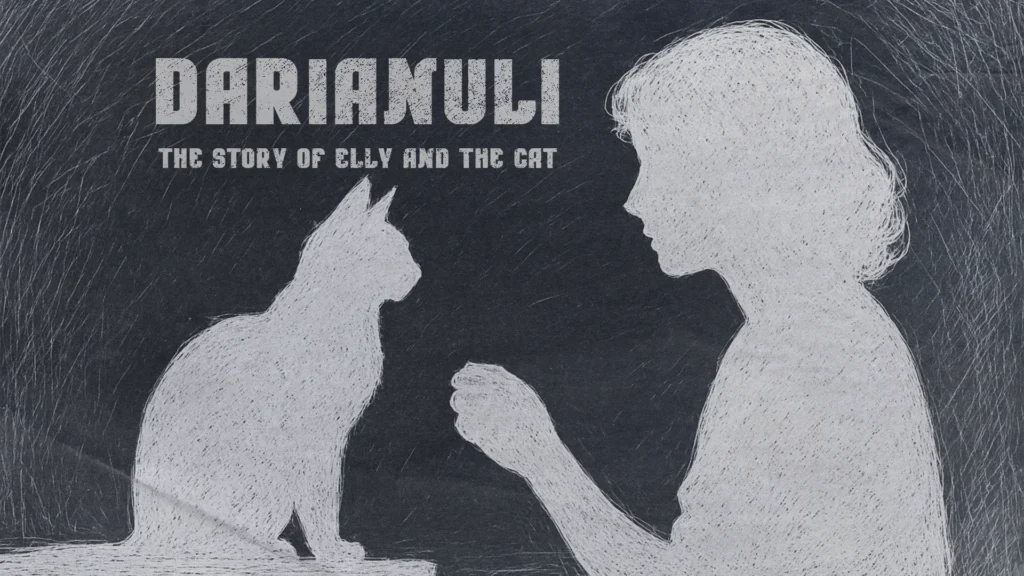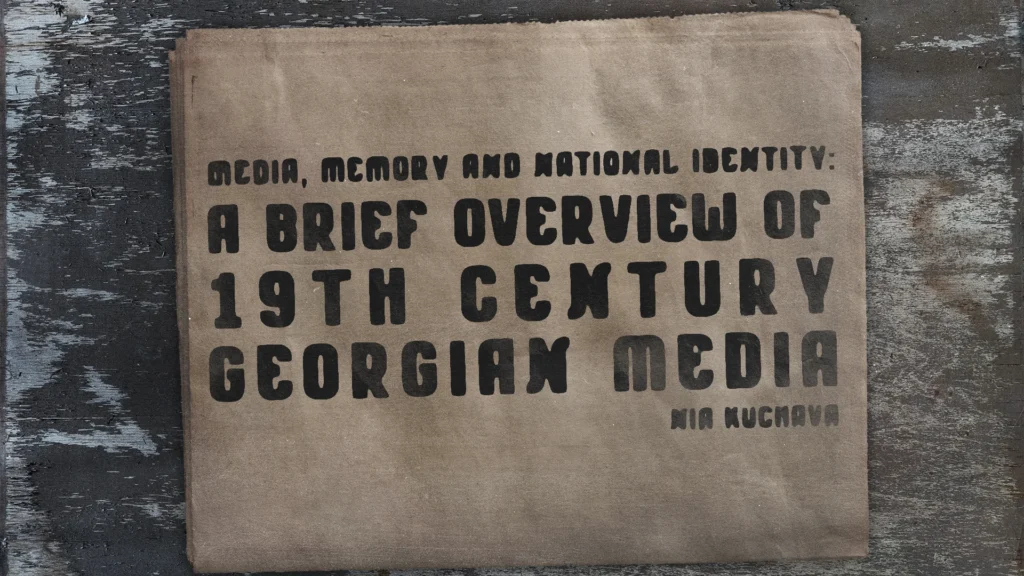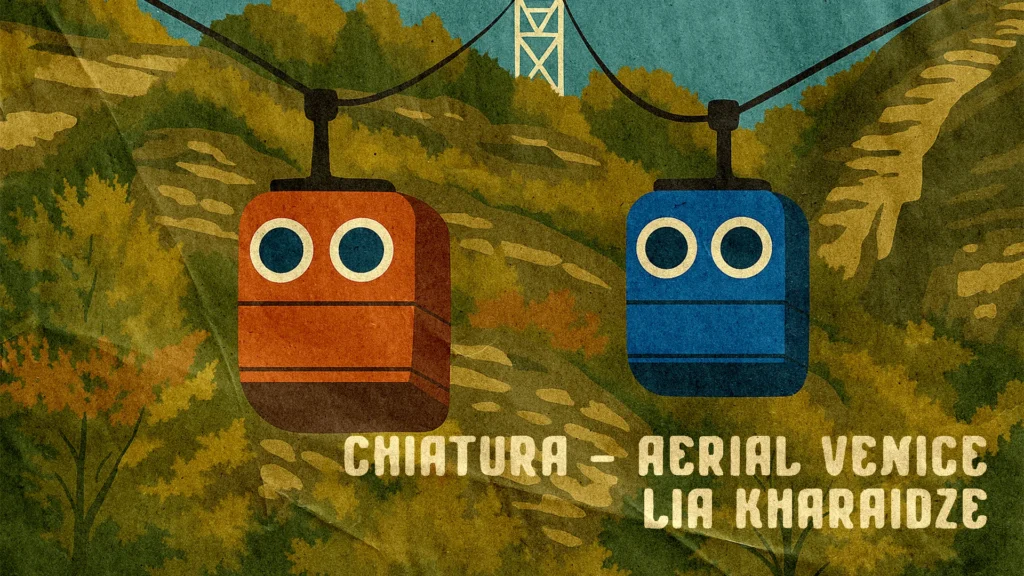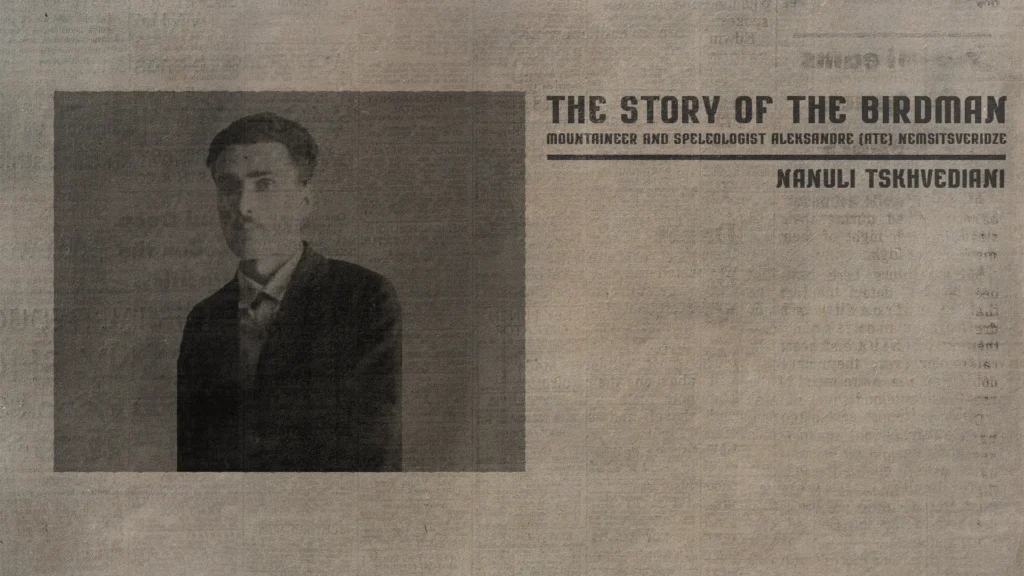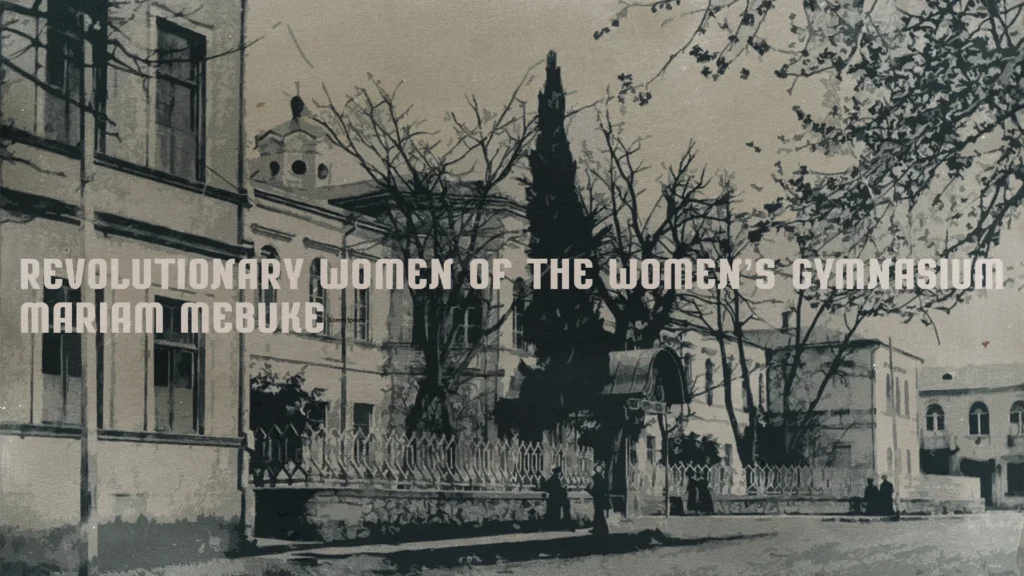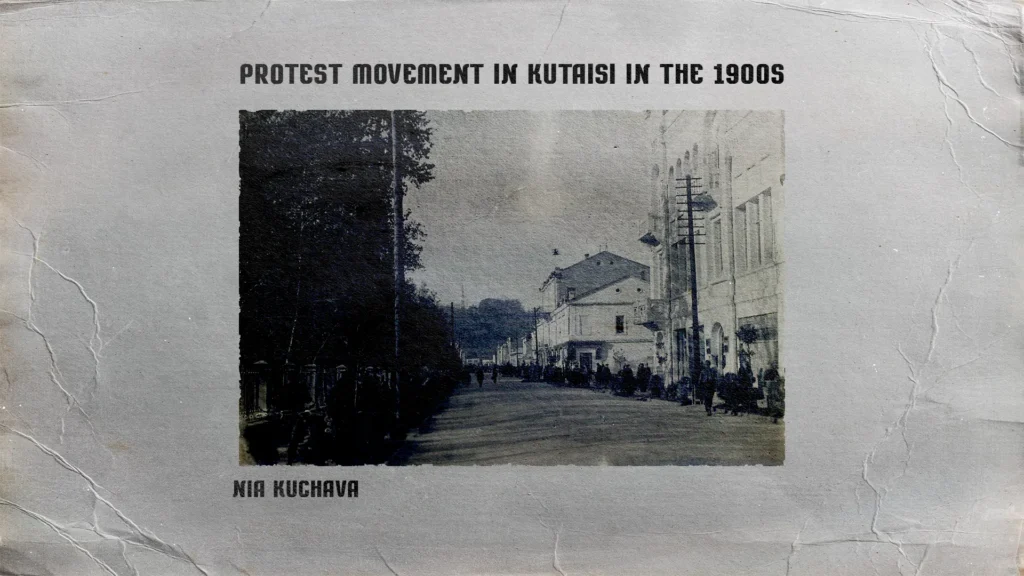Kultura! – Article Archive
Darianuli – The Story of Elly and the Cat
Some time ago, I once again listened to the audio version of Carver’s story “What Do We Talk About When We Talk About Love.” This question comes to my mind every time I remember the title, and to be honest, I still don’t have a clear answer. Maybe – about everything. Then I also wonder – if it weren’t for Woody Allen’s Paris, would Kutaisi have been the same in the first half of the 20th century, and would it have been thanks to the “Blue Horns”? Putting aside “Yellow Dante” and yellow news, I don’t want to prove that Elene Dariani was a mystification created by Paolo, nor that the poems belonged to Elene Bakradze and were falsely attributed…
Media, Memory and National Identity – A Brief Overview of 19th Century Georgian Media
The role of the media in shaping national consciousness is not a new topic in the discussion of nationalism. The powerful influence of print media—especially magazines and newspapers—has played a key role in the development of nationalism, national ideas, and the national imagination. Several such publications appeared in 19th-century Georgia, and they are very important when talking about the origins and nature of Georgian nationalism and national identity. In this article, we will look at some important trends and key ideological changes that helped reshape the idea of the state and led to the formation of nation-states globally. We will also focus on the Georgian context—especially in the city of Kutaisi—and briefly analyze the unique role that Georgian newspapers played…
The Unknown Muse of Terenti Graneli
Anyone who has read Terenti Graneli’s After Death (“…I will die at night, at dawn…”) will surely remember this passage: “On Sunday morning, when the church doors open for all worshipers, a woman will come thoughtfully to my grave, she will remember my sunburnt face, she will remember my torture, and she will feel sorry.” Who was this mysterious woman? On November 11, 2019, I posted one of Terenti Graneli’s poems on my Facebook wall. A well-known and respected lawyer from Kutaisi, my dear friend Ivane (Vano) Afridonidze, responded with some fascinating information in the comments. It turns out that the woman Graneli mentioned was Vano’s aunt (his mother’s cousin), Tamar Kachakhidze. Here are some excerpts from Vano Afridonidze’s comments:…
Chiatura – Aerial Venice
Chiatura is a city with such a unique landscape that it could never be confused with any other. Its special location in the Kvirila Gorge has greatly influenced its development. For example, the abundance of rocks and caves attracted people here as early as the Mesolithic period. Many remains of ancient “Sakhizari” settlements have survived in the area thanks to this location. (There is even a forest nearby called “Nakhiznevi.”) The geography of the city also explains why, in a place with a population of less than 12,000, there were once as many as 36 cable cars in operation. One foreign visitor, impressed by the network of aerial trams, even called Chiatura the “Aerial Venice.” The idea of building cable…
The Story of the Birdman
This is not a fantasy tale, but a memory of an extraordinary man. Aleksandre (Alyosha) Nemsitsveridze, known as “The Birdman,” or simply Ate (as his closest friend called him), was a remarkable figure in Georgian mountaineering and speleology. He was also a close companion of Levan Gotua, a prominent figure in Georgian literature, a colorful representative of Georgian alpinism, and a man who endured much in life.
Revolutionary Women of the Women’s Gymnasium
When we realize that we have forgotten the past, that our collective memory has deceived us, we see that this state of oblivion often lasts longer than it should. This seemingly abstract introduction is dedicated to women who shaped history with their lives and even more with their work. Today, I am writing about the revolutionary women of the late 19th and early 20th centuries who had some connection with Kutaisi and who left behind remarkable stories about this city.
The Symbolic Load of the House – An Anthropological Perspective on Kutaisi
For social and cultural anthropology, the transformation of a dwelling into a home—when walls transcend their utilitarian function and acquire deeper symbolic meaning—is a fascinating subject. The question is not merely about the techniques and materials used in construction but about the profound shift that occurs when a shelter becomes imbued with life and meaning. This article explores the symbolic significance of the house, its social, cultural, and individual dimensions, and how urban spaces, like the city of Kutaisi, can serve as extensions of the home—an expanded, collective variation of personal space.
Harriman’s House
At the beginning of the last century, Chiatura was a small village with only a fewhouseholds. It consisted mainly of wooden barracks, taverns, and blacksmith shopsscattered along both sides of the Kvirila River. The village also had a railway station anda market. The area where today’s densely populated Agmashenebeli Street is locatedwas completely uninhabited at the time. It’s hard to imagine now, but this elevated areawas once covered with an oak forest, with a cemetery to the south. On the plain,stretching all the way to the railway station, a walnut tree alley ran along the street thatnow bears the name of I. Chavchavadze.
Protest Movement in Kutaisi in the 1900s
The 1900s were a crucial period for the Caucasus, as it was during this time that the region experienced significant political and ideological shifts. Protest movements emerged, and the Caucasian countries, which were part of the Russian Empire, began to reimagine and redefine their identities. Georgia was no exception to these changes. One of the most pressing issues for nationalism during this period was the understanding of heritage, place, and territory, and how these elements shaped the construction of national identity. It is fascinating to explore how Georgian thought responded to these transformations and the ideas that arose in the context of protest. Kutaisi was one of the most important centers for these developments.
Old Aristocrat from the “Kutaisi Nature Reserve” – Pipinia Mikeladze
“We should declare Kutaisi a nature reserve, where only educated, polite, patriotic Georgians will have the right to enter without a permit.” This phrase was written by the famous Kutaisi scribe, folklorist, and public figure Pipinia Mikeladze, who was also well-known for his rare sense of humor. His jokes have survived to this day—sometimes in their original form, other times in modified versions, though many people do not realize that these sayings actually belong to Pipinia.
